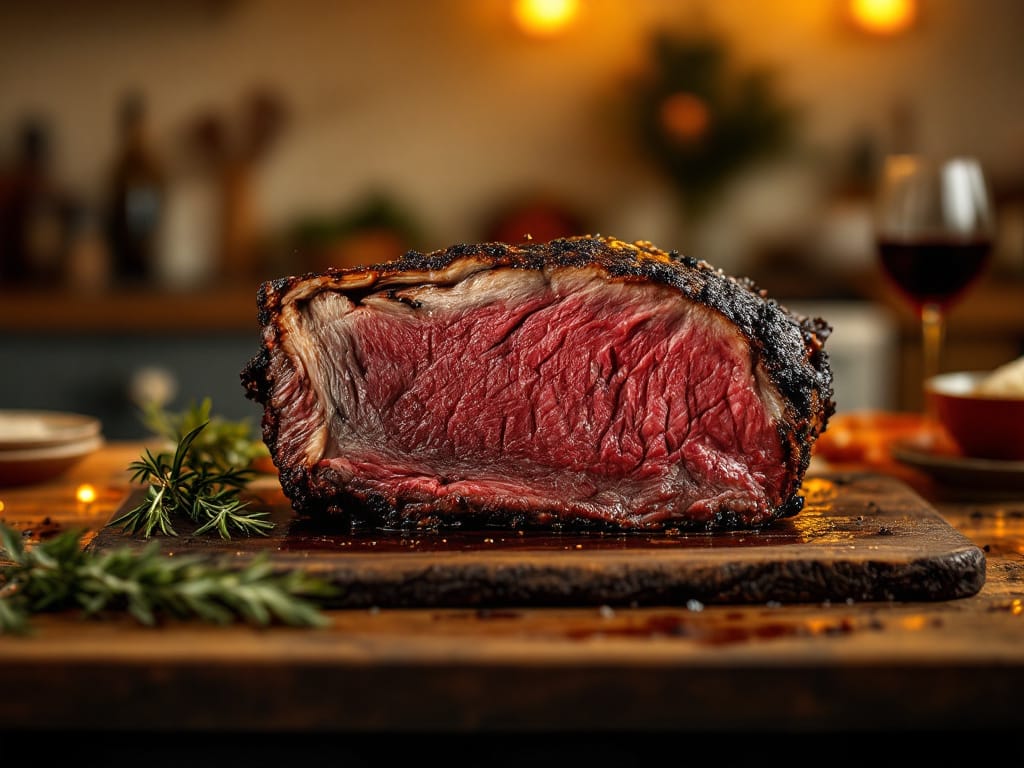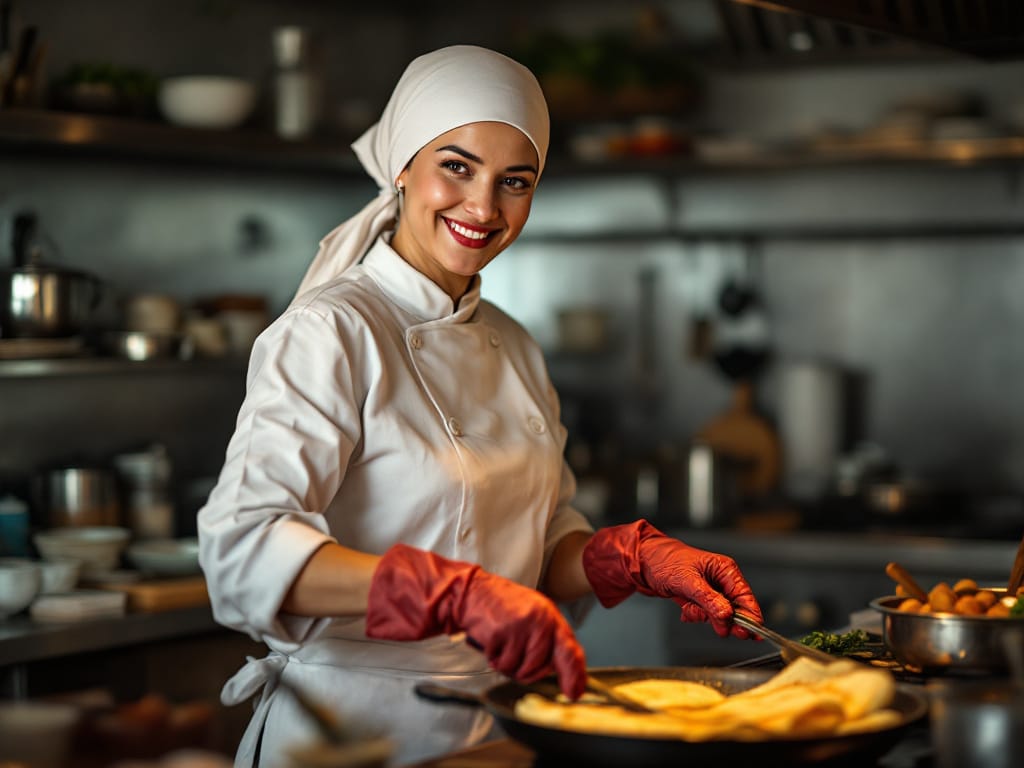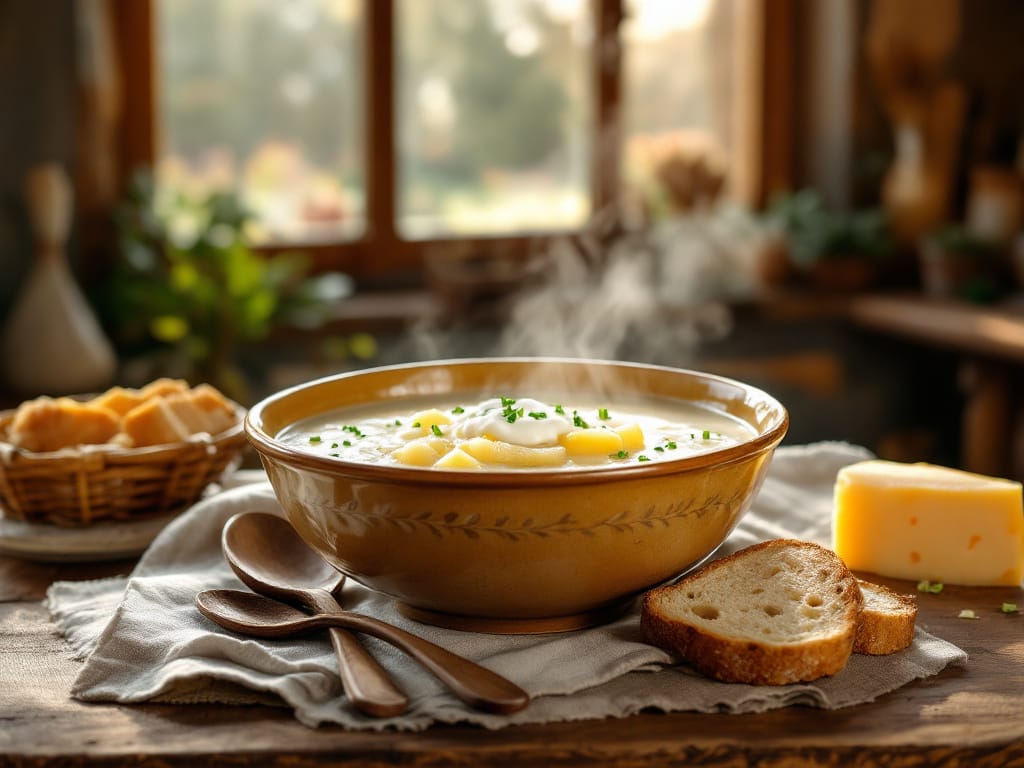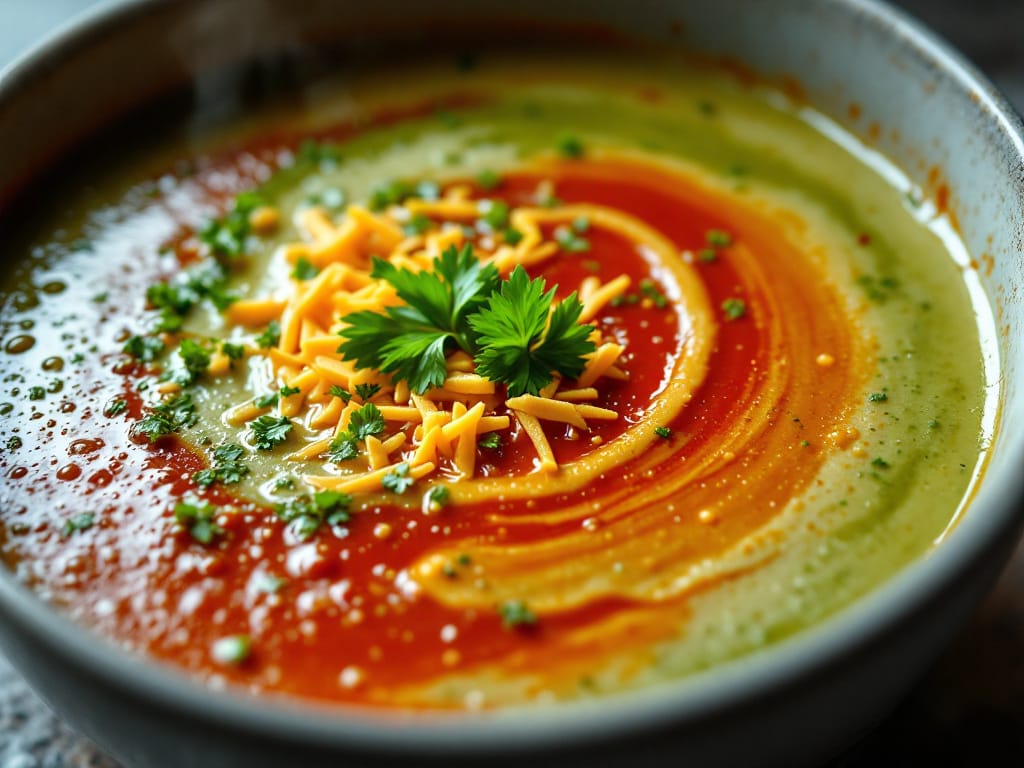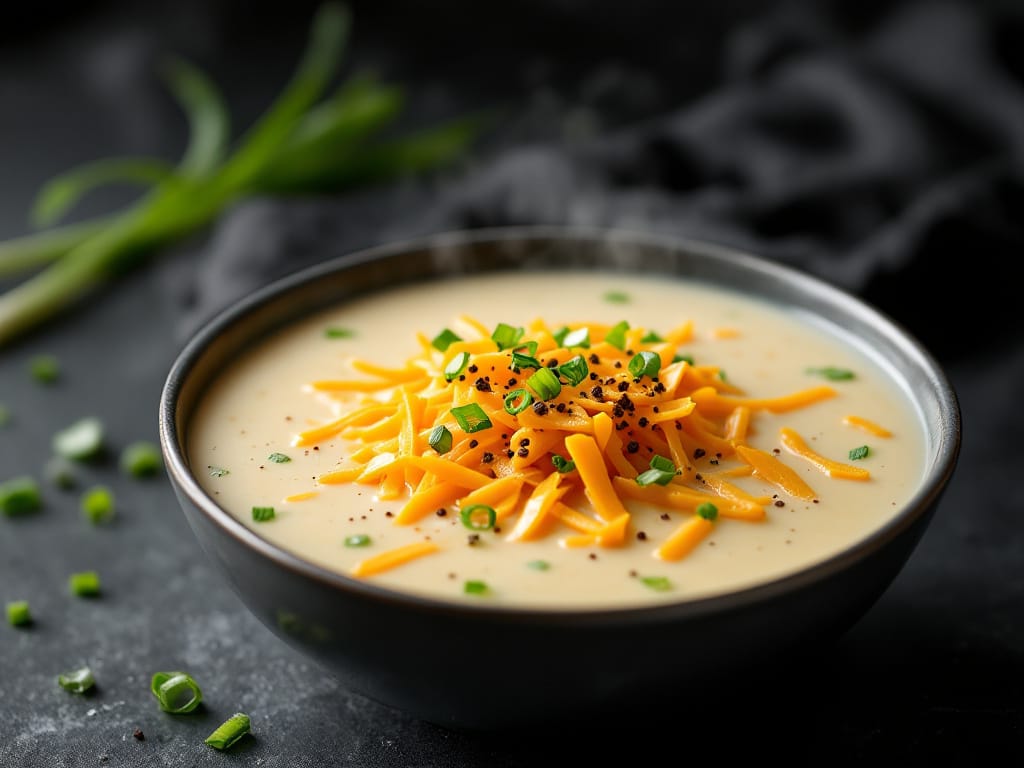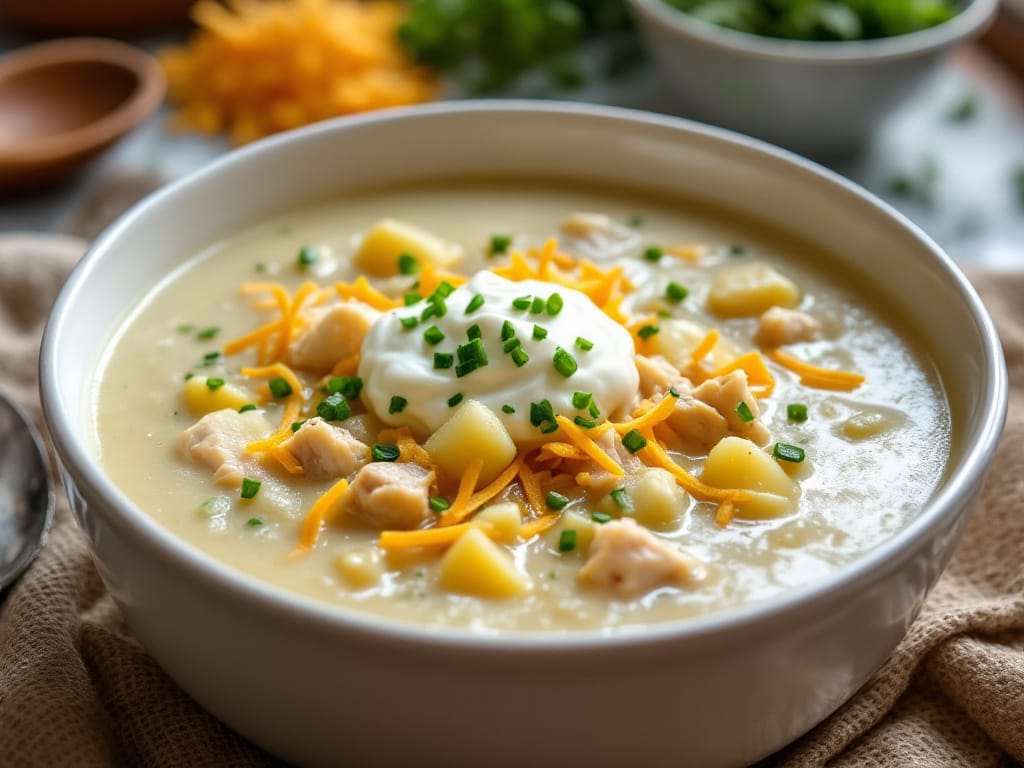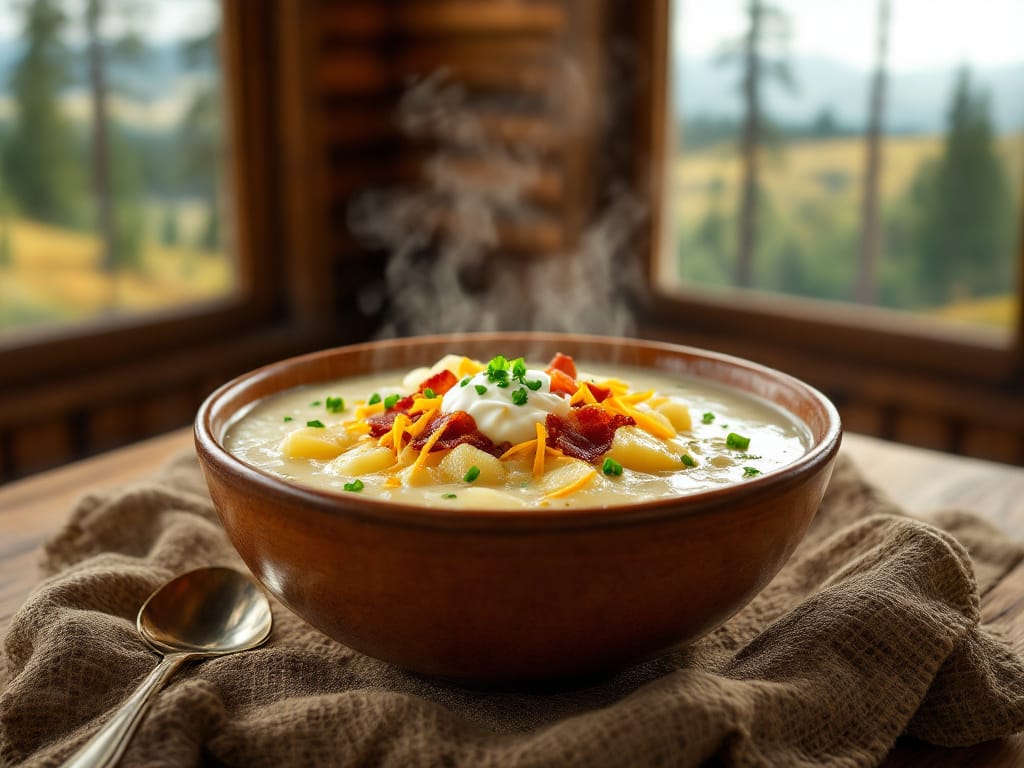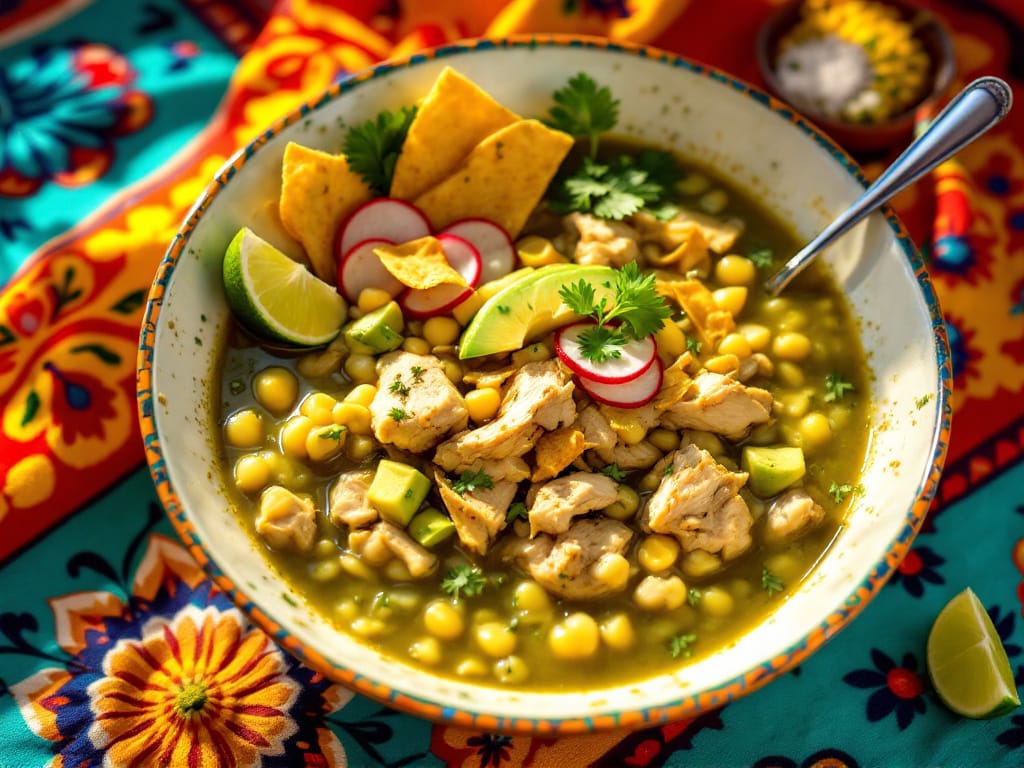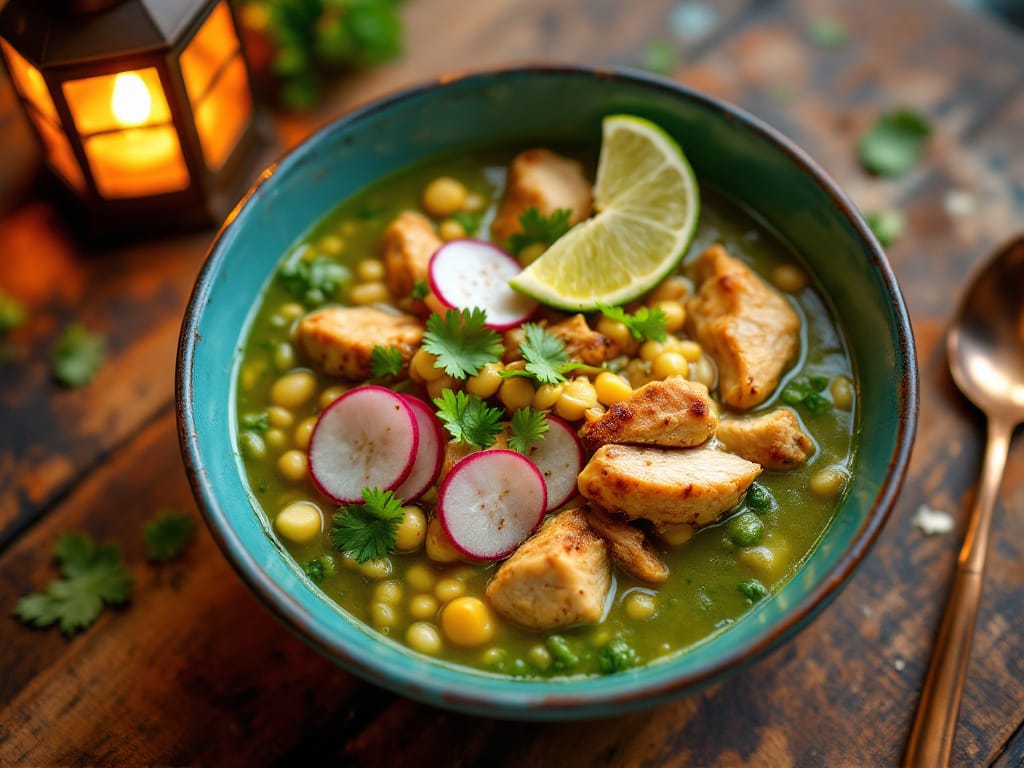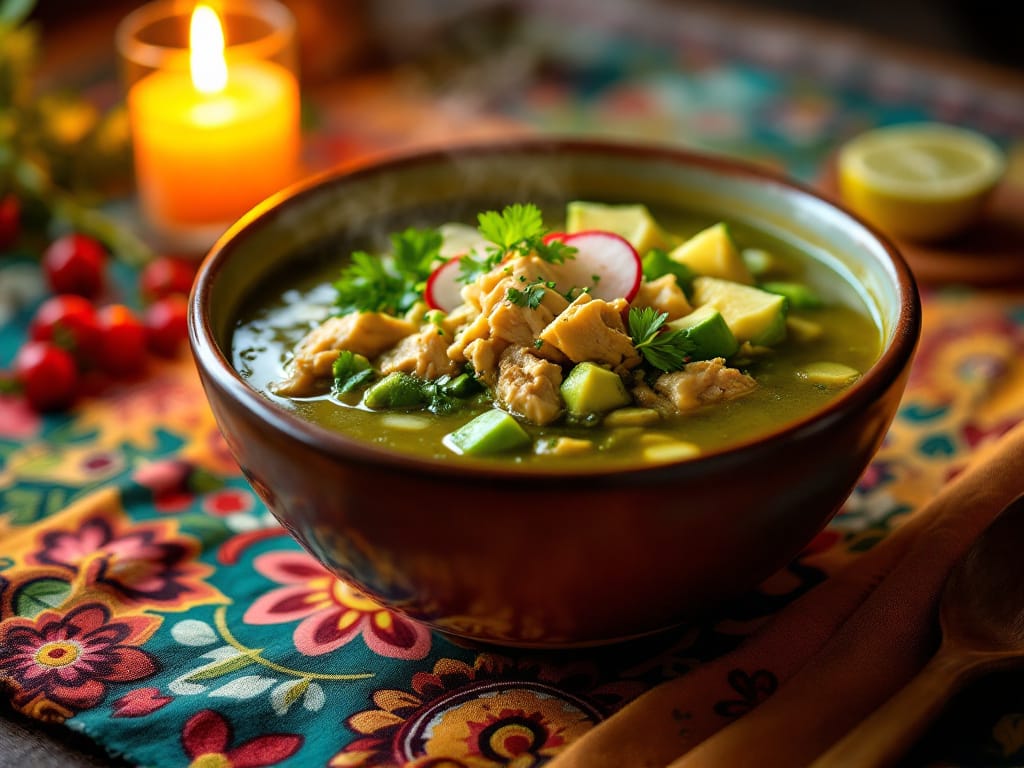When it comes to cooking prime rib, the stakes (pun intended!) are high. This prized cut of beef is known for its marbling, tenderness, and rich flavor, making it the star of many holiday feasts and special occasions. But there’s an ongoing debate among cooks and foodies: Which is the best way to cook prime rib? Should you slow-cook it for a tender, evenly cooked roast, or use a fast, high-heat method to achieve a flavorful crust? This guide will explore various cooking methods, their pros and cons, and essential tips for perfecting your roast.
Understanding Prime Rib and Its Appeal
What is Prime Rib?
Prime rib, often called a standing rib roast, is a showstopper at dinner tables. It comes from the primal rib section of the cow, boasting a balance of fat and meat that creates a juicy, flavorful roast. This cut typically includes the ribeye muscle, known for its tenderness, and sometimes comes with the rib bones attached, adding to its flavor during cooking.
Prime rib is synonymous with indulgence and celebration, thanks to its melt-in-your-mouth texture and the irresistible aroma it brings to your kitchen. Whether you choose a bone-in or boneless cut, selecting a high-quality roast is the first step to success.
Why Cooking Method Matters
How you cook your prime rib can make or break your dish. Different methods affect the texture, flavor, and juiciness of the meat. Slow cooking allows the fat to render gradually, resulting in tender, evenly cooked slices, while fast cooking creates a bold, caramelized crust that enhances the roast’s flavor.
Understanding these differences helps you decide which is the best way to cook prime rib based on your preferences and the occasion. After all, it’s not just about the meat—it’s about the experience.
Popular Methods to Cook Prime Rib
Slow-Roasting Method
The slow-roasting method is perfect for those who value a tender and evenly cooked prime rib. This technique uses low temperatures, typically around 200–250°F, to gradually cook the meat. Here’s how to do it:
- Season generously: Coat the roast with salt, pepper, and your favorite herbs.
- Roast low and slow: Place the roast on a rack in a roasting pan, and cook for approximately 30 minutes per pound.
- Final sear: For a golden crust, crank the oven to 500°F for 5–10 minutes after the roast reaches your desired internal temperature.
Pros: The slow heat allows the fat to render, creating juicy and tender slices.
Cons: It requires patience and time, making it less ideal for last-minute meals.
Fast-Roasting Method
If time is tight and you’re craving bold flavors, the fast-roasting method might be your go-to choice. This technique uses high heat (450–500°F) to quickly cook the prime rib. Steps include:
- Preheat your oven to high heat: Start with a searingly hot oven.
- Cook briefly: Roast for about 20 minutes per pound, monitoring closely to avoid overcooking.
- Rest before slicing: This step is crucial to lock in the juices.
Pros: Creates a beautifully crisp crust with a juicy center.
Cons: High heat can lead to uneven cooking, especially with larger cuts.
For more detailed tips on roasting techniques, check out Easy Savory Recipes.
Sous Vide Cooking
Sous vide is a modern approach that ensures consistent results. This method involves vacuum-sealing the seasoned prime rib and cooking it in a water bath at a precise temperature (e.g., 131°F for medium-rare). After sous vide, finish with a quick sear to add a golden crust.
Pros: Perfect doneness edge-to-edge.
Cons: Requires specialized equipment and more preparation time.
Comparing Different Cooking Techniques
Texture and Flavor Differences
Each method offers distinct textures and flavors. The slow-roasting method excels at creating tender, melt-in-your-mouth meat with even doneness throughout. In contrast, fast roasting produces a bold, caramelized crust with a slightly less uniform interior. Sous vide, meanwhile, gives you unparalleled control over texture, making every slice consistent.
Time and Effort Requirements
Time is a major factor when deciding which is the best way to cook prime rib. Slow roasting requires patience, often taking several hours, but it’s low effort once it’s in the oven. Fast roasting is quicker but demands more attention to prevent overcooking. Sous vide requires planning but delivers stress-free precision.
Ideal Occasions for Each Method
- Slow roasting: Perfect for holiday feasts or special gatherings when time isn’t a constraint.
- Fast roasting: Great for weeknight dinners or smaller cuts when time is of the essence.
- Sous vide: Ideal for impressing guests with professional-quality results.
Secrets to Perfect Prime Rib Every Time
Choosing the Right Cut
When determining which is the best way to cook prime rib, it’s crucial to start with the right cut. Prime rib comes in various sizes, and the choice between bone-in and boneless can impact the cooking process:
- Bone-in prime rib: Offers better flavor and acts as a natural insulator, which can help the meat cook more evenly.
- Boneless prime rib: Easier to carve and slightly quicker to cook but may require more attention to prevent overcooking.
Look for a roast with excellent marbling, as the fat renders during cooking and enhances the meat’s juiciness and flavor. Aim for a cut graded USDA Prime if possible, as it guarantees superior quality.
Seasoning Like a Pro
Seasoning is the cornerstone of a great roast. Generously coat your prime rib with kosher salt, freshly cracked black pepper, and garlic. Add fresh herbs like rosemary and thyme for an aromatic boost.
- Dry brining: Salt the roast and let it rest uncovered in the fridge for 24–48 hours. This method intensifies the flavor and enhances the texture.
- Herb crusts: Create a flavorful crust by mixing herbs, minced garlic, and olive oil, then applying it before roasting.
Proper seasoning elevates your roast, whether you opt for slow cooking or fast roasting.
Temperature Control and Thermometers
Precision is vital when cooking prime rib. Use a reliable meat thermometer to check and maintain the internal temperature accurately. Aim for these benchmarks:
- Rare: 120–125°F
- Medium-rare: 130–135°F
- Medium: 140–145°F
Avoid relying solely on time; a thermometer ensures you get the perfect doneness every time. Whether slow or fast, temperature control is key to answering which is the best way to cook prime rib.
For additional cooking tips, check out Easy Savory Recipes.
Common Mistakes to Avoid When Cooking Prime Rib
Overcooking or Undercooking
One of the biggest pitfalls is overcooking or undercooking your prime rib. To avoid this:
- Use a thermometer: It’s your most reliable tool for precise doneness.
- Pull the roast early: Remove it from the oven 5°F below your desired temperature, as it will continue to cook while resting.
Trusting the process and monitoring temperatures carefully can save your roast from becoming dry or overly rare.
Skipping Resting Time
Resting is often overlooked but is essential for juicy, flavorful prime rib. After cooking, let your roast rest for 15–30 minutes. This allows the juices to redistribute, ensuring every slice is moist and tender.
Skipping this step can lead to a dry, disappointing meal, no matter how perfectly you’ve cooked the meat.
Using the Wrong Tools
Cooking prime rib without the right equipment can lead to uneven results. Avoid these common mistakes:
- Skipping a roasting rack: Always elevate the meat to allow airflow for even cooking.
- Neglecting a good carving knife: A sharp knife ensures clean, presentable slices.
For more kitchen tips and ideas, explore other articles at Easy Savory Recipes.
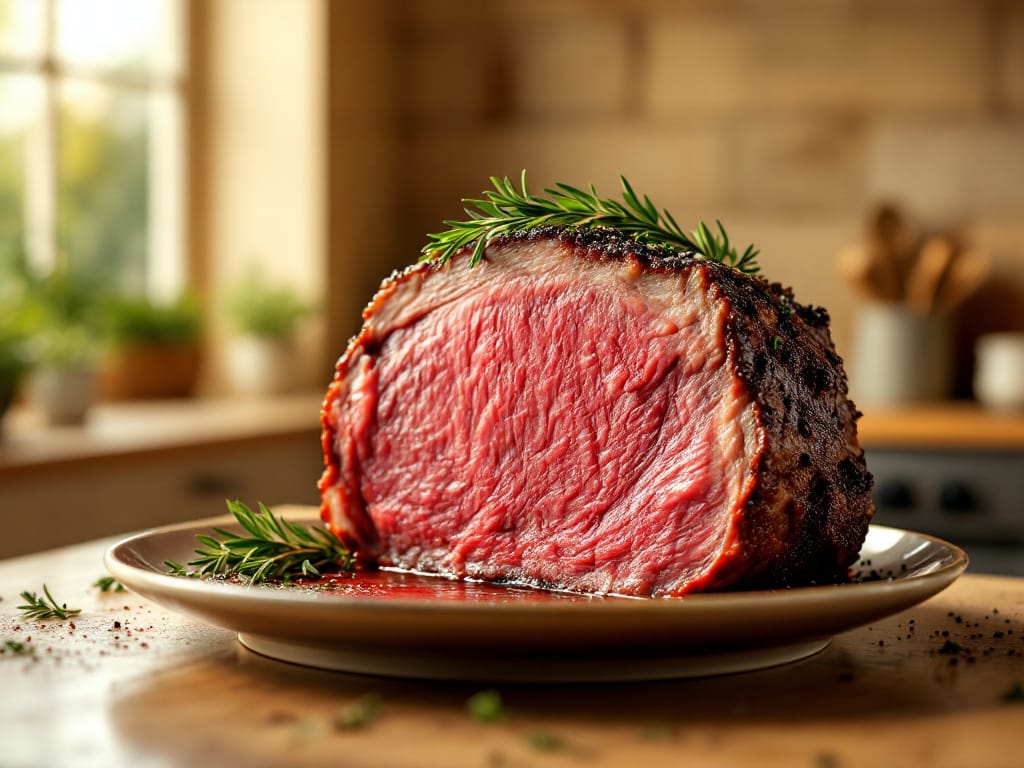
FAQs About Cooking Prime Rib
Is Prime Rib Better Cooked Slow or Fast?
This is one of the most debated questions among cooks. Which is the best way to cook prime rib? Slow cooking creates a tender, evenly cooked roast with a melt-in-your-mouth texture, while fast roasting delivers a bold crust and a juicy, rare interior. If you’re aiming for consistent doneness throughout, slow roasting is the way to go. For those who prioritize a flavorful crust, the fast method is your friend.
What is the Secret of Cooking a Prime Rib Roast?
The secret lies in preparation and precision. Start with a high-quality cut, season it generously, and use a reliable thermometer to monitor the internal temperature. Don’t forget to let the roast rest after cooking—it’s the key to locking in the juices. Finally, match your method to your preferences. Whether you choose slow roasting or high-heat cooking, attention to detail ensures success.
How Long Does It Take for a Prime Rib Roast?
The cooking time depends on the method and the size of the roast. For slow roasting at 200°F, plan for about 30 minutes per pound. Fast roasting at 450°F typically requires 15–20 minutes per pound. However, always rely on a thermometer to check the internal temperature instead of solely depending on time.
What is the 500 Rule for Prime Rib?
The 500 Rule is a quick, high-heat method for cooking prime rib. Preheat the oven to 500°F and cook the roast for 5 minutes per pound. Then, turn off the oven and let the roast sit inside for 2 hours without opening the door. This approach combines a flavorful crust with slow, residual heat for even cooking.
Final Thoughts and Recommendations
Summary of Cooking Methods
Prime rib is a versatile cut, and the best way to cook it depends on your goals. Slow roasting delivers a tender, evenly cooked roast, making it ideal for traditional dinners. Fast roasting is great for achieving a bold, caramelized crust when you’re short on time. Sous vide is perfect for those who want professional-level precision.
Which Method is Best for You?
When deciding which is the best way to cook prime rib, consider your time constraints, desired flavor, and texture preferences. If you’re hosting a large gathering and want consistent results, go for slow roasting. For a smaller, casual dinner, fast roasting can save time while delivering incredible flavor.
No matter the method, preparation and attention to detail will make your prime rib the highlight of the meal.
For more inspiration and tips, explore related recipes at Easy Savory Recipes.
Choosing the Right Tools for Cooking Prime Rib
Essential Tools for Success
When considering which is the best way to cook prime rib, the right tools can make all the difference. Proper equipment ensures consistent results, whether you prefer slow cooking, fast roasting, or sous vide.
- Meat Thermometer: A digital thermometer is non-negotiable for tracking internal temperatures accurately.
- Roasting Pan with Rack: Elevating the meat on a rack allows air to circulate, ensuring even cooking.
- Sharp Carving Knife: A good knife ensures clean slices, making your presentation as impressive as the flavor.
- Sous Vide Machine (Optional): For those looking to experiment with sous vide, this tool guarantees precision.
These tools simplify the process and improve your chances of nailing that perfect roast.
Why Tools Matter
Using the wrong equipment can lead to uneven cooking, overdone edges, or undercooked centers. A roasting rack, for example, helps prevent the bottom of the meat from becoming soggy, while a thermometer eliminates guesswork. Whether you slow-cook or fast-roast, having the right setup makes every method easier and more reliable.
Pairing Prime Rib with the Perfect Sides
Classic Side Dishes
When serving prime rib, the right side dishes can elevate the meal. Traditional accompaniments pair beautifully with the rich, savory flavors of the roast:
- Mashed Potatoes: Creamy and buttery, they balance the boldness of the meat.
- Yorkshire Pudding: A classic addition that soaks up the juices for a flavorful bite.
- Roasted Vegetables: Brussels sprouts, carrots, and parsnips add color and earthy flavors.
Modern Twists on Sides
For a contemporary spin, consider sides that add contrast and variety:
- Garlic Butter Green Beans: Light yet flavorful, they complement the richness of the meat.
- Quinoa Salad: A fresh, zesty option that brightens the plate.
- Sweet Potato Fries: Their natural sweetness balances the savory prime rib.
Whether you’re aiming for a traditional or modern feel, thoughtfully chosen sides complete the dining experience. To find more inspiration, visit Easy Savory Recipes for additional ideas and tips.

